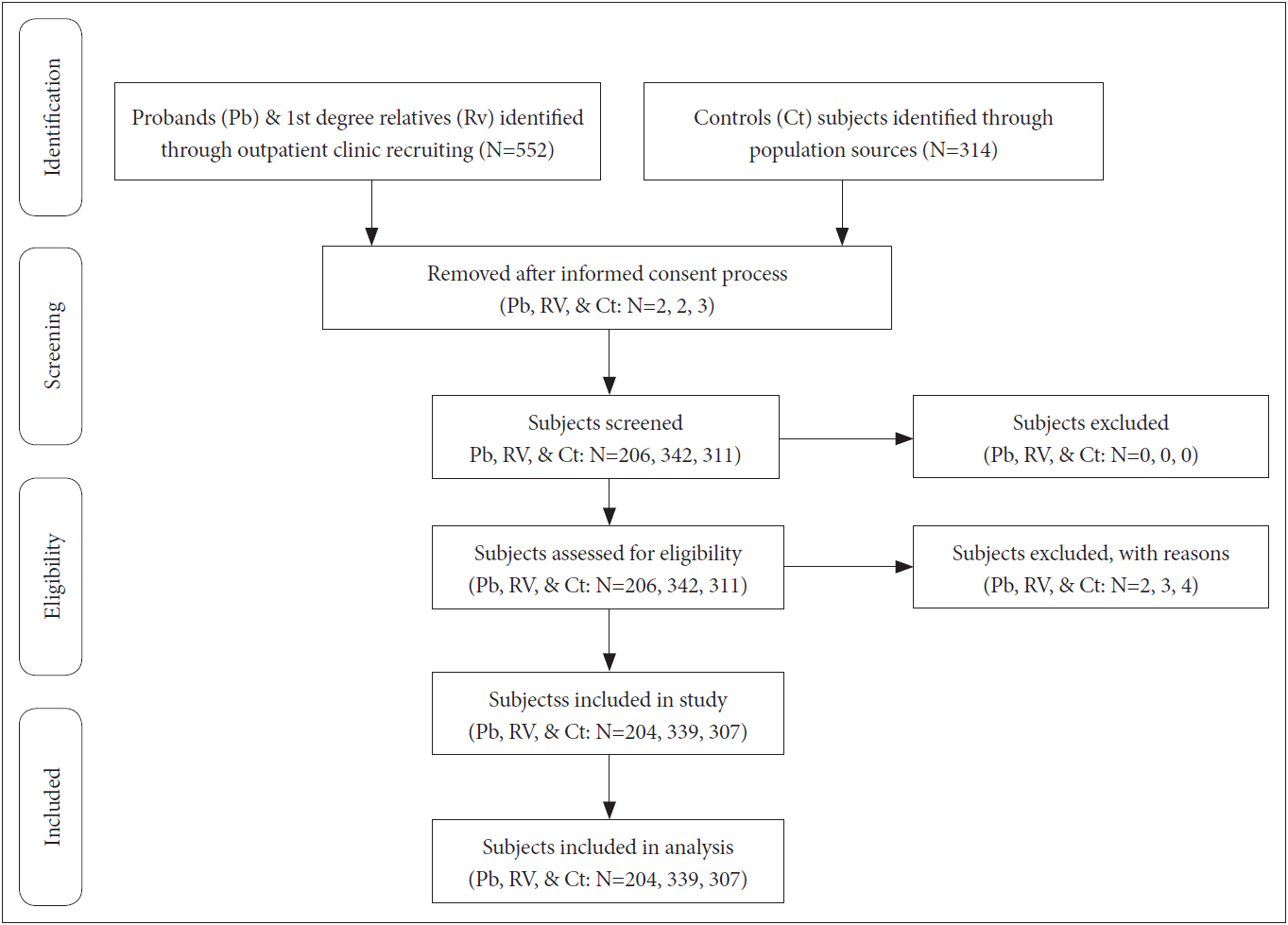
It is employed in mental health settings, medical centers, and correctional programs, and is frequently admitted as evidence in legal proceedings. Interpretations often used in forensic settings."The MMPI-2 is the most widely used personality test in the U.S. In better understanding the construction of various scales and Guide for interpreting and understanding of MMPI test results.įurthermore, attorneys will most likely find the book invaluable Practitioners, students, and researchers desiring a reference Solid work of scholarship, which is recommended for seasoned It is comprehensive in its coverage, and is a Most of the important and well-used scales on both the MMPI-Ģ and MMPI-2-RF. This well-organized textbook provides research and easyto-įollow interpretation guidelines, including cutting scores for Using the MMPI-2 scales, which use is especially informative. There is also an added section in the book on predicting suicide Similarities and differences between products, including the RF. Reports and compares three different automated narrativeĪssessments for the same patient in order to illustrate the The last chapter educates the reader about computerized Standard for its failure to meet criteria for admissibility in Specifically, they cite judicial decisions invoking the Frye Research and their reasons for the recommendation against its The deficiencies of this scale by reviewing the development and There is a practical review of the problematic Symptom Validity Scale (formerly named the Fake-Bad Scale ), which gained prominence and notoriety when the publisherĪdded the scale in 2007. In this version of the textbook the authors found that low scorers on the intellectual measure of the mental dullness scale are unable to be as cognitively efficient as other individuals. The authors note that this is in contrast to the Graham et al., 1999 investigation of psychiatric outpatients, which did not reveal marked concentration difficulties in high scorers of the mental dullness subscale. The themes of this subscale consist of being easily distracted, unable to comprehend what one reads, and suffering memory and judgment issues. The authors cite Alex Caldwell (1988) who referred to this reflection of intellectual decline represented in this scale as the “mental fog” of depression. High scores imply a loss of interest, a sense of intellectual failure or decline, and the reduction of necessary energy needed to accomplish mental work. They are primarily associated with emotional distress rather than neurological symptoms.Īs a measure which fortifies the assessment of intellectual capacity, the authors discuss the mental dullness scale, which is a subscale of depression and reflects the cognitive weakening by the depressive process. Important in delineating intellectual assessment the authors cite Gervais, Ben-Porath & Wygant (2009) who note that cognitive complaints scale (COG) scores are not an effective predictor of objectively assessed cognitive function. Interference difficulties, low frustration tolerance, memory complaints, and stress and worry along with generalized concentration and subsequent learning difficulties.

The authors report that high scores on the cognitive complaints (COG) scale are associated with intellectual The section that presents the cognitive complaints scale (COG) contains items which refer to a broad range of cognitive/intellectual complaints and developmental/intellectual limitations. An increased discussion of validity scale interpretations is useful for those who administer testing where clients may be inclined to under- or over-report their complaints.


MMPI 2 CODE TYPE INTERPRETATION HOW TO
Their chapter on interpretation and report writing is very useful for new MMPI-2 users learning how to compose personality assessment reports. In-depth interpretations of the supplementary and content scales as well as the critical items are provided by the authors. This updated text includes more than 250 additional references. This revised book contains a section which provides codetype descriptors for the MMPI-2 and is expanded to include narratives to include useful feedback for patients/clients, which cover most of the 104 codetypes. The RF was intended as an alternative addition to, rather than a replacement, for the MMPI-2. The University of Minnesota Press released the RF in 2008.

This edition is supplemented with two additional chapters including the development and interpretation of the Restructured Clinical (RC) scales and the Restructured Form (RF) of the MMPI-2. The MMPI-2 is an assessment instrument, which is useful adjunct to assessing intellectual and cognitive functioning. Friedman and his colleagues in this third edition of their textbook provide their readership with a broadened discussion built upon the second edition of their book.


 0 kommentar(er)
0 kommentar(er)
